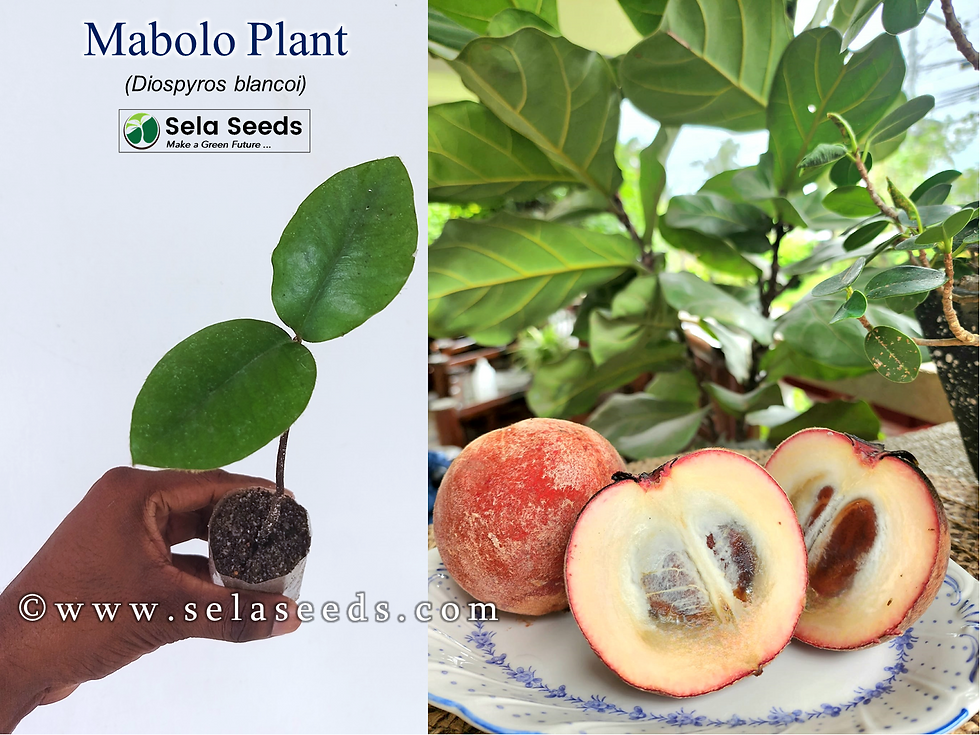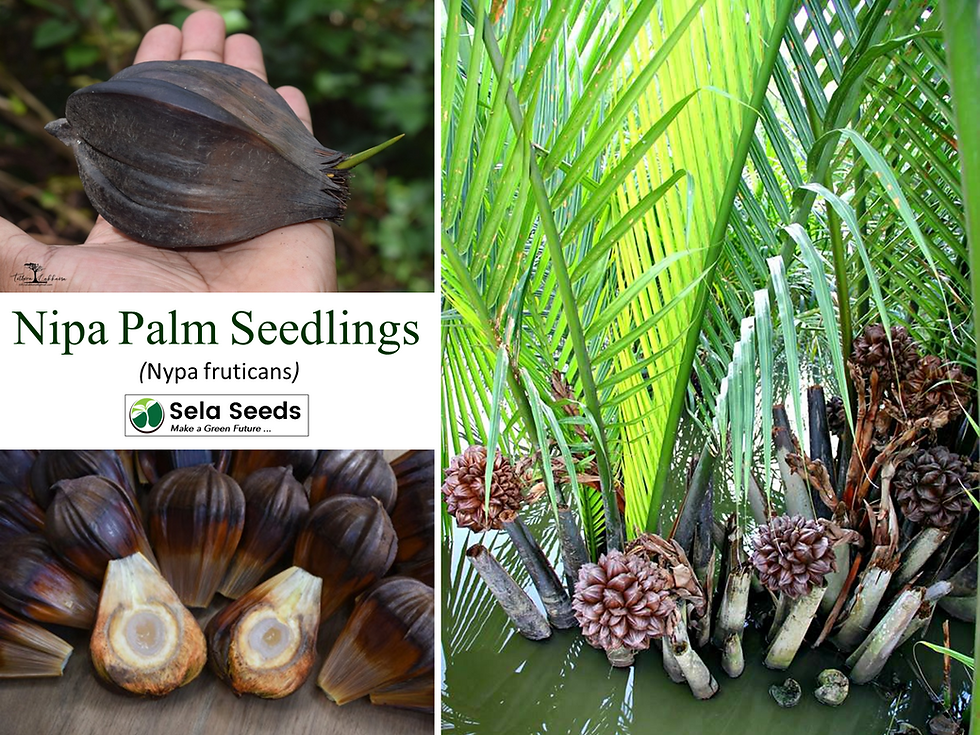Delicious Fruit. We send 100% fresh seeds. Seeds can't be store long time. This is a Rambutan season.
Rambutan, Nephelium lappaceum, is medium-sized tree growing only about 9 - 15 m in height with a straight bole that is usually around 40 - 60 cm in diameter. It is evergreen and has an open, spreading crown. One of the most popular fruit tree worldwide, Rambutan is named as such for the hairy protuberances of the fruit - 'Rambut' means 'hair' in the Malay-Indonesian language. The leaves are alternate, pinnate, and comprised of 3 to 11 leaflets per leaf. The flowers are small. Rambutan fruit is non-climacteric, meaning it does not produce a ripening agent after being harvested. It has a limited shelf life and bruised easily. It is round to oval, single-seeded, with reddish leathery skin covered with pliable spines. The sed is glossy brown and soft. The fruit is eaten raw or cooked, and the seed is roasted and eaten. Rambutan is used medicinally in the treatment of fevers, diarrhea, and headaches among other various diseases. The wood is moderately hard to heavy, tough, and easy to work but usually too small to be valued as timber. Propagation method is through grafting, air-layering, and budding.
Edible Uses
Fruit - raw or cooked. The sweet, juicy, light-coloured flesh is delicious eaten raw.It can also be stewed, canned in syrup, used in jams, jellies etc. The bright red, ovoid fruit is 5 - 6cm long and is produced in clusters of 10 - 12 fruits. Seed - occasionally roasted and eaten. A bitter flavour, it is said to have narcotic properties. An oil or tallow similar to cacao butter, with a high level of arachidic acid, can be rendered from the seeds.
Medicinal Uses
Plants For A Future can not take any responsibility for any adverse effects from the use of plants. Always seek advice from a professional before using a plant medicinally.
The green fruit is said to be astringent, stomachic, and anthelmintic. It is used in the treatment of various diseases, especially fevers and diarrhoea. The leaves are used in poultices for headaches. The shell of the fruit contains tannins and is used as an astringent. In Java, the toxic saponin found in the fruit wall is dried and used as medicine. In Malaysia, the roots are used in a decoction for treating fever. The bark is used as an astringent for tongue diseases.
top of page
PrixÀ partir de 10,00$
Rupture de stock
Articles similaires
bottom of page

































